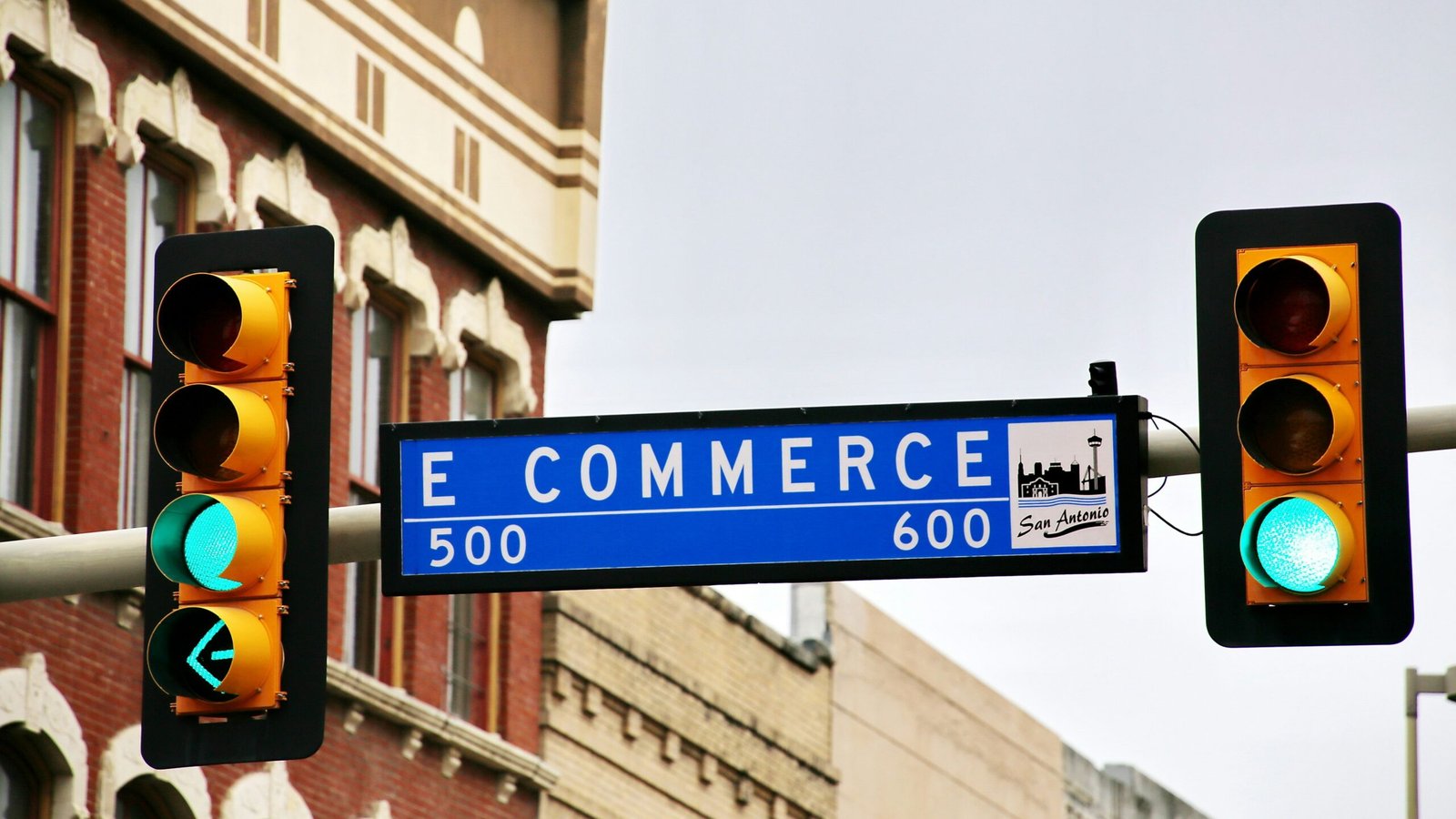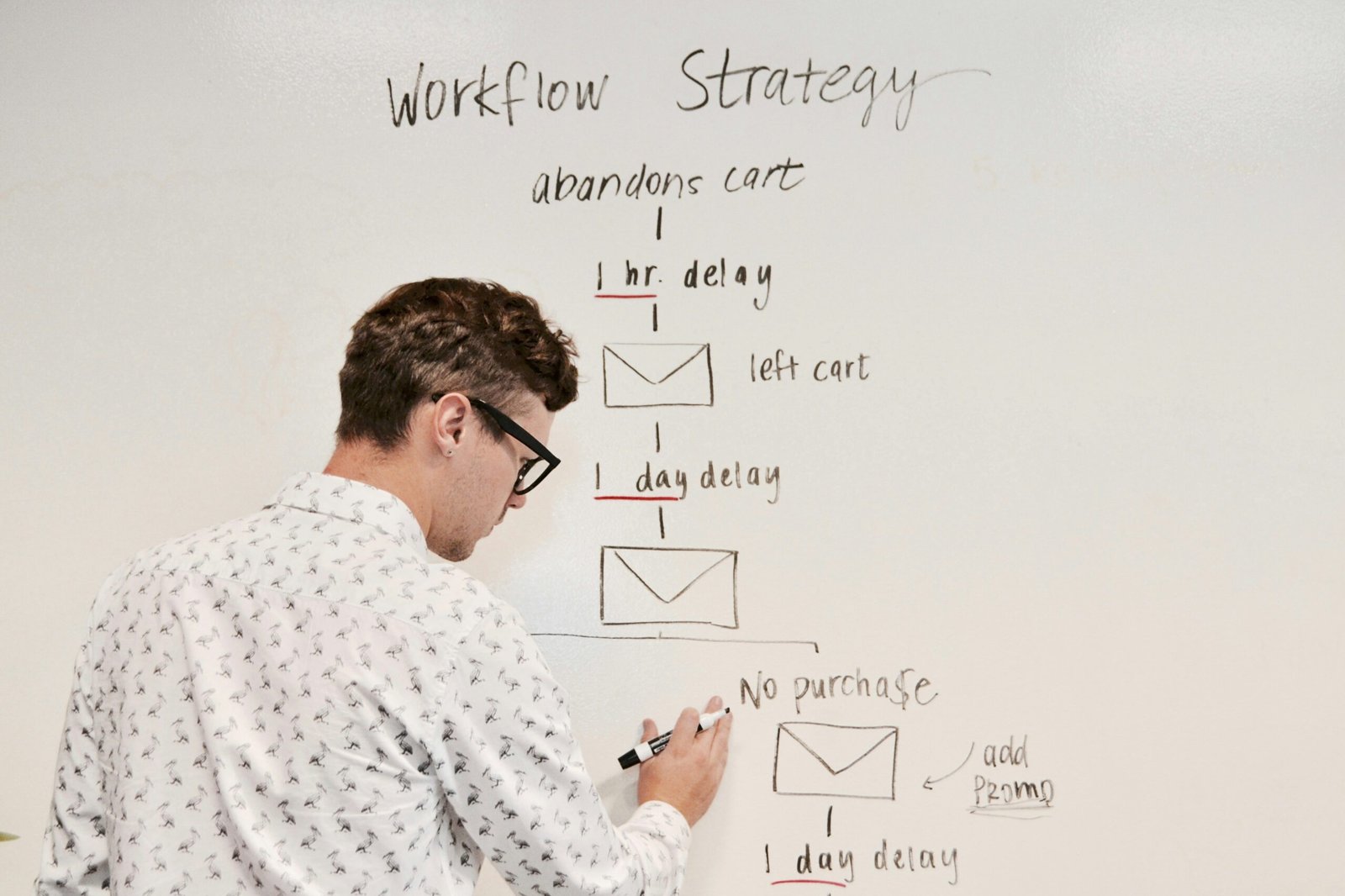Using E-Newsletters to Drive Traffic to Your B2B E-Commerce Website
Introduction to E-Newsletters and Their Importance
E-newsletters have become a pivotal component in the marketing arsenal of B2B e-commerce businesses. As a digital communication tool, e-newsletters allow companies to maintain a consistent and engaging line of communication with their clientele. By delivering valuable content directly to the inboxes of subscribers, businesses can keep their audience informed about industry trends, product updates, and company news, thereby fostering a deeper connection with their customer base.
In the competitive landscape of B2B e-commerce, the role of e-newsletters has proven to be multifaceted. They do more than just disseminate information; they actively engage recipients by offering personalized and relevant content that aligns with their interests and business needs. This targeted approach not only enhances customer relationships but also builds brand loyalty, a critical factor for driving repeat business and long-term success.
Research supports the effectiveness of e-newsletters in driving traffic and engagement. According to a study conducted by the Content Marketing Institute, 74% of B2B marketers use email newsletters as part of their content marketing strategy, and 40% of respondents consider email newsletters essential for B2B marketing success. Moreover, a case study from Campaign Monitor reveals that businesses experience an average of 4.3% increase in web traffic following their e-newsletter campaigns.
Furthermore, e-newsletters provide measurable results. Analytics tools enable businesses to track open rates, click-through rates, and conversion rates, offering insights into the effectiveness of their content and the preferences of their audience. This data can be leveraged to refine future e-newsletter campaigns, ensuring that content remains relevant and engaging.
In conclusion, e-newsletters are an invaluable asset for B2B e-commerce businesses. By harnessing their potential to distribute targeted, high-quality content, companies can enhance customer engagement, build brand loyalty, and drive significant traffic to their e-commerce websites. Embracing e-newsletters as a core component of a comprehensive marketing strategy can yield substantial benefits, solidifying their importance in the digital marketing paradigm.
Crafting Compelling Content for Your E-Newsletters
Creating engaging e-newsletter content is imperative for driving traffic to your B2B e-commerce website. The first step involves understanding your audience—gather insights into their preferences, pain points, and interests to tailor content that resonates. Effective communication begins with a captivating subject line, acting as the initial hook. Employ actionable language and highlight value propositions to entice readers to open the email.
The body of your e-newsletter should feature informative and concise articles that address the audience’s needs. For instance, industry insights, how-to guides, and expert advice can provide significant value. Balance is key; mixing educational content with product updates helps maintain reader interest without appearing overly promotional. Incorporating high-quality visuals alongside text enhances readability and caters to visual learners. Consistent design and branding not only make the newsletter visually appealing but also reinforce brand identity.
Adding compelling call-to-actions (CTAs) is crucial for converting readers into website visitors. Position your CTAs strategically within the newsletter, using clear and persuasive language, such as “Learn More,” “Download Now,” or “Explore Our Latest Products.” Linking these CTAs to relevant landing pages aids in seamlessly navigating readers to your website and encouraging conversions.
Monitor the efficacy of your e-newsletter content through A/B testing and analytics. Experiment with different subject lines, article formats, and design elements to determine what resonates most with your audience. Analyzing metrics like open rates, click-through rates, and conversion rates provides valuable feedback, allowing continuous refinement of your content strategy. Over time, this iterative process ensures your e-newsletters effectively drive sustained traffic to your B2B e-commerce site.
Segmentation and Personalization Strategies
Efficient utilization of e-newsletters to drive traffic to your B2B e-commerce website hinges on two paramount strategies: segmentation and personalization. Segmentation involves dividing your email list into distinct groups based on various factors such as industry, job role, and past behavior. This targeted approach ensures that each recipient finds the content relevant and engaging, significantly enhancing the overall effectiveness of your e-newsletter campaigns.
Industry-specific segmentation allows you to tailor your message to address sector-specific challenges and opportunities. For example, sending updates about new manufacturing technologies to subscribers from the manufacturing sector demonstrates a keen understanding of their interests. Similarly, job role segmentation can help in crafting messages that resonate with specific roles within a company. For instance, a CEO might appreciate content on strategic growth trends, whereas a procurement officer might find value in content related to supply chain efficiencies.
Personalized messaging goes hand in hand with segmentation. By using data such as past behavior and purchase history, you can create highly customized content that speaks directly to the recipient’s needs and preferences. An email suggesting complementary products based on a recipient’s past purchases not only feels relevant but also enhances the likelihood of cross-selling opportunities. Such personalized content approaches have a profound impact on metrics like open rates and click-through rates (CTR), often showing a notable increase when compared to generic, one-size-fits-all emails.
Automation tools play a crucial role in managing both segmentation and personalization efficiently. Platforms like HubSpot, Mailchimp, and Salesforce enable you to automate the segmentation process by dynamically categorizing your contacts based on predefined criteria. These tools also facilitate personalized messaging by allowing you to insert dynamic content that auto-fills recipient-specific information, ensuring each email feels tailored and personal.
While implementing these strategies, it’s vital to respect privacy regulations and ensure you have obtained explicit consent for data use. General Data Protection Regulation (GDPR) and the CAN-SPAM Act are among the stringent regulations governing data privacy. Non-compliance can lead to severe penalties and harm your brand’s reputation. Therefore, make sure to communicate your data usage policies clearly and uphold the highest standards of transparency and honesty.
Measuring Success and Optimizing Performance
Effectively measuring the success of your e-newsletters is crucial in driving traffic to your B2B e-commerce website. Key performance indicators (KPIs) such as open rates, click-through rates (CTR), conversion rates, and website traffic generated must be diligently tracked.
Open rates reflect the percentage of recipients who opened your email. A lower open rate can indicate issues with your subject line or the timing of your email. Click-through rates show the percentage of recipients who clicked on links within your email, offering a clear view of the engagement levels. The conversion rate, a critical metric, represents the percentage of recipients who took the desired action post-click, such as making a purchase or filling out a form.
In terms of website traffic, monitoring how much traffic is directed to your e-commerce site from e-newsletters can provide insights into your campaign’s effectiveness. Tools like Google Analytics and email marketing software can provide detailed reports on these metrics.
Interpreting these metrics involves understanding what each number signifies. For example, a high open rate but low CTR suggests a compelling subject line but content that fails to engage. Conversely, a high CTR but low conversion rate points to effective content that doesn’t fully resonate with the audience. Identifying these patterns enables targeted improvements.
Gathering insights from subscriber behavior can be facilitated through analytics tools. These tools can reveal which links are most clicked, the times emails are most opened, and reader engagement with different content types. This data is invaluable for understanding subscriber preferences and behaviors.
To ensure continuous optimization, it’s essential to adjust your content strategy based on performance data. Testing different email formats, experimenting with various subject lines, and refining segmentation can lead to enhanced results. A/B testing is particularly effective for comparing performance across different email versions. By adapting and optimizing based on insightful data, the effectiveness of your e-newsletters in driving traffic to your B2B e-commerce website can be significantly improved.
Related Article: 7 Benefits of Having an E-Newsletter for Your B2B E-Commerce







